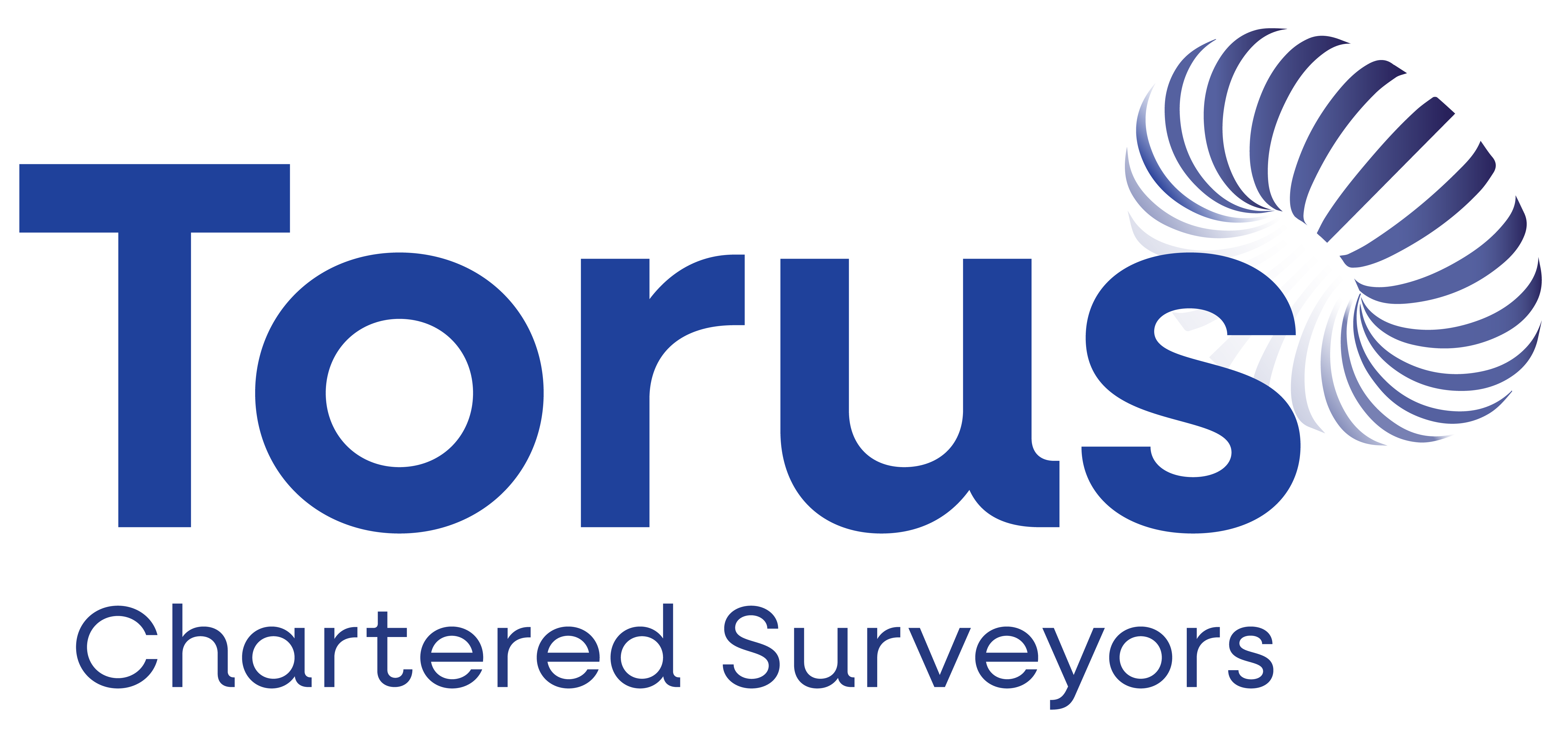The legal process involved in buying or selling a home, known as conveyancing, involves a precise series of steps. It’s a good idea to know what is involved — not only to track the progress of your purchase but also so you can put things in place ahead of time such as choosing a surveyor to carry out your homebuyer survey. Here is an outline of the conveyancing process, and how Torus Chartered Surveyors can help.
What are home buyer surveys, and why are they important?
Homebuyer surveys are property inspections carried out by a chartered building surveyor. It’s important to make sure you hire a surveyor who’s a registered member of the Royal Institute of Chartered Surveyors (RICS).
After inspecting, the surveyor produces a report on the condition of the property. They’ll use a simple traffic-light system to indicate the state of major building elements like the roof, floors and walls. There are three levels of survey available: Level 1 (though these are rare), Level 2, and Level 3. Our guide to the three different types of home surveys can help you to decide which is right for you.
Depending on the level you choose, your survey can also include a valuation. This is important because your mortgage lender’s valuation only indicates whether the property is sufficient security against the loan; it doesn’t consider what condition the property is in.
A RICS house survey, on the other hand, tells you the condition of the property. It also offers a more accurate valuation, which can reveal that the offer price actually exceeded the property’s real value, and be a necessary tool in the ensuing price negotiation.
Surveys are therefore an essential part of the process, because they help you to make an informed decision about the property purchase, and effectively budget for any major repairs that are or will be needed. Choosing a local surveyor to conduct your RICS homebuyer report adds extra peace of mind as your surveyor will have extensive knowledge of the housing market in the local area.
The conveyancing process
Once a buyer makes an offer on a property and the seller accepts, both parties instruct a conveyancer, and the process begins. At this stage, the buyer should arrange their homebuyer survey with a trusted chartered surveyor, so that any defects which may impact the sale can be identified and relevant action can be taken before progressing too far.
After the survey
If the buyer is satisfied with the survey, the seller’s conveyancer will carry out proof of identity checks. They will also obtain a completed fittings and contents form and completed property information form from the seller, and get the title deeds or official copies of the title register from the current holder. Finally, they send the draft contract to the buyer’s conveyancer.
Meanwhile, the buyer’s conveyancer will undertake the necessary pre-contract searches, which provide information that can affect whether you decide to proceed with your purchase. There are four main searches that most lenders require:
- Environmental search report
- Water and drainage report
- Chancel repair liability report
- Local authority search report.
Once the buyer’s conveyancer has checked the contract, they will raise any pre-contract enquiries with the seller’s conveyancer. They will then present the buyer with a report containing the draft contract, answers to the enquiries, the results of their searches and the mortgage offer.
Deposits and completion
If the buyer is happy to continue, arrangements are made for the deposit to be paid, and the buyer and seller agree a completion date. A formal contract ‘exchange’ takes place, meaning that both parties are legally committed to the transaction.
After this, the process moves comparatively quickly. The buyer’s conveyancer drafts a transfer deed for the seller’s conveyancer to have signed by the seller, and a final copy of the transfer deed is made. The buyer’s conveyancer prepares the completion statement, carries out their pre-completion searches and applies to the buyer’s mortgage lender for the loan.
Upon completion, both buyer and seller vacate their properties by the agreed time. The seller arranges to hand over the keys – usually through the estate agent – and the buyer’s conveyancer sends the proceeds of sale to the seller’s conveyancer, who arranges for the keys to be released to the buyer.
Finally, the buyer’s conveyancer receives title deeds and transfer deeds, and registers the property in the name of the buyer at The Land Registry. The buyer receives a copy of the registered title from The Land Registry.
Chartered Building Surveyors in Manchester
At Torus Surveyors, we can carry out all levels of house survey in Manchester and North Cheshire. We’re an RICS registered valuer, which means you can be sure our homebuyer surveys meet the standards of the Royal Institute of Chartered Surveyors.
For more information, don’t hesitate to get in touch, or get an instant quote on our website today.

